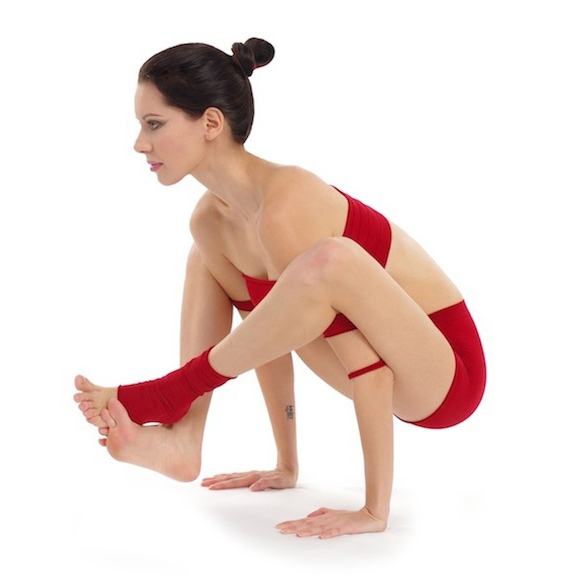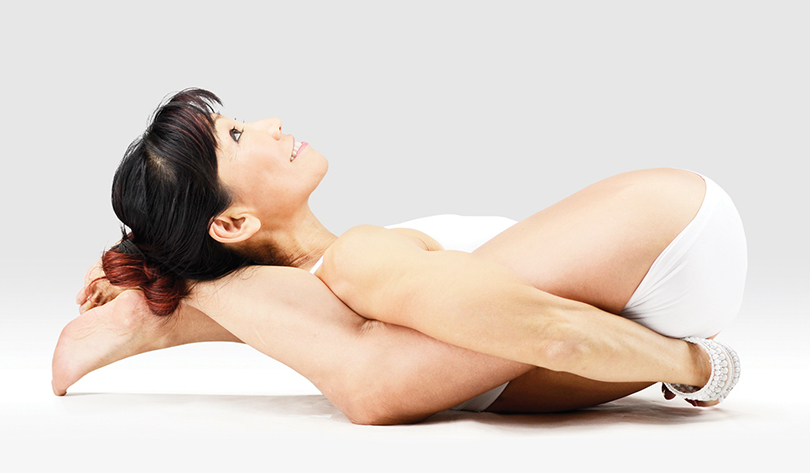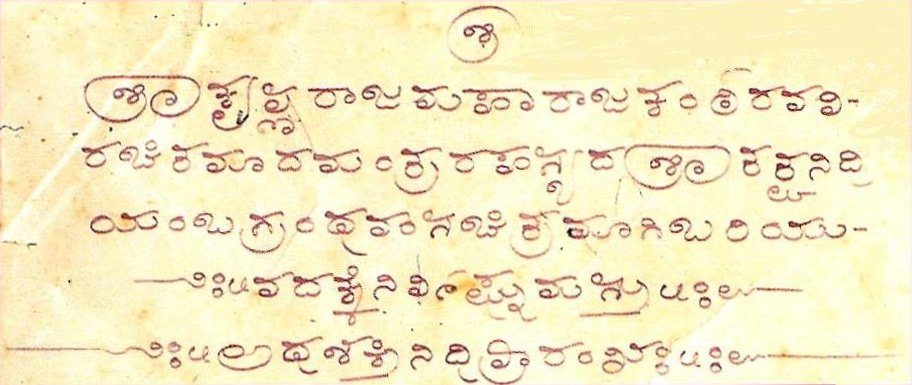|
Eka Hasta Bhujasana
Tittibhasana (Sanskrit: टिट्टिभासन ''Ṭiṭṭibhāsana'') or Firefly pose is an arm-balancing asana with the legs stretched out forwards in hatha yoga and modern yoga as exercise. Variants include Bhujapidasana, with the legs crossed at the ankle, and Eka Hasta Bhujasana, with one leg stretched out forwards. Etymology and origins The name Tittibhasana comes from Sanskrit: ''Ṭiṭṭibha'', "small insect, firefly", and ''āsana'', "posture" or "seat". Indian folklore tells the story of a pair of Tittibha birds that nested by the sea; the ocean swept away their eggs, and the birds complained to Vishnu, asking for the eggs to be returned. The god gave the order, and the sea gave the eggs back. The effectiveness of the small weak birds is said to be used as a symbol of yoga, able to overcome the power of illusion in the world. The name Bhujapidasana ( sa, भुजपीडासन; IAST: ''Bhujapīḍāsana'') comes from ''Bhuja'' ( sa, भुज) meaning "a ... [...More Info...] [...Related Items...] OR: [Wikipedia] [Google] [Baidu] |
Light On Yoga
''Light on Yoga: Yoga Dipika'' (Sanskrit: योग दीपिका, "Yoga Dīpikā") is a 1966 book on the Iyengar Yoga style of modern yoga as exercise by B. K. S. Iyengar, first published in English. It describes more than 200 yoga postures or asanas, and is illustrated with some 600 monochrome photographs of Iyengar demonstrating these. The book has been described as the 'bible of modern yoga', and its presentation of the asanas has been called "unprecedented" and "encyclopedic". It has been translated into at least 23 languages and has sold over three million copies. Context Yoga is a group of physical, mental, and spiritual practices from ancient India, forming one of the six orthodox schools of Hindu philosophical traditions. In the Western world, however, yoga is often taken to mean a modern form of medieval Hatha yoga, practised mainly for exercise, consisting largely of the postures called asanas. B. K. S. Iyengar (1918-2014) was born in a poor family ... [...More Info...] [...Related Items...] OR: [Wikipedia] [Google] [Baidu] |
Bakasana
Bakasana (Crane pose) (Sanskrit: बकासन, IAST: bakāsana), and the similar Kakasana (Crow pose) (Sanskrit: काकासन, IAST: kākasana) are balancing asanas in hatha yoga and modern yoga as exercise. In all variations, these are arm balancing poses in which hands are planted on the floor, shins rest upon upper arms, and feet lift up. The poses are often confused, but traditionally Kakasana has arms bent, Bakasana (the crane being the taller bird with longer legs) has the arms straight. Etymology and origins The names for the asanas come from the Sanskrit words बक ''baka'' ("crane") or काक ''kāka'' ("crow"), and आसन ''āsana'' meaning "posture" or "seat". While different yoga lineages use one name or another for the asanas, Dharma Mittra makes a distinction, citing Kakasana as being with arms bent (like the shorter legs of a crow) and Bakasana with arms straight (like the longer legs of a crane). B. K. S. Iyengar's 1966 ''Light on Yoga'' desc ... [...More Info...] [...Related Items...] OR: [Wikipedia] [Google] [Baidu] |
Bhujapidasana Yoga-Asana Nina-Mel
Tittibhasana (Sanskrit: टिट्टिभासन ''Ṭiṭṭibhāsana'') or Firefly pose is an arm-balancing asana with the legs stretched out forwards in hatha yoga and modern yoga as exercise. Variants include Bhujapidasana, with the legs crossed at the ankle, and Eka Hasta Bhujasana, with one leg stretched out forwards. Etymology and origins The name Tittibhasana comes from Sanskrit: ''Ṭiṭṭibha'', "small insect, firefly", and ''āsana'', "posture" or "seat". Indian folklore tells the story of a pair of Tittibha birds that nested by the sea; the ocean swept away their eggs, and the birds complained to Vishnu, asking for the eggs to be returned. The god gave the order, and the sea gave the eggs back. The effectiveness of the small weak birds is said to be used as a symbol of yoga, able to overcome the power of illusion in the world. The name Bhujapidasana ( sa, भुजपीडासन; IAST: ''Bhujapīḍāsana'') comes from ''Bhuja'' ( sa, भुज) meaning "a ... [...More Info...] [...Related Items...] OR: [Wikipedia] [Google] [Baidu] |
Dvi Pāda Śīrṣāsana
Yoganidrasana, ( sa, योगनिद्रासन) or Yogic Sleep Pose is a reclining forward-bending asana in modern yoga as exercise. It is sometimes called Supta Garbhasana (Reclining Embryo Pose). The name Dvi Pada Sirsasana is given to the balancing form of the pose. In hatha yoga, the pose was used in Pasini Mudra, the noose mudra, a seal to prevent the escape of prana; it was not an asana. Etymology and origins as a mudra The name of this pose comes from योग ''yoga'' meaning "uniting", निद्र ''nidra'' meaning "sleep", and आसन ''āsana'' meaning "posture" or "seat". The asana's name derives from the yogic sleep mentioned in the Hindu epic ''Mahabharata'': Yoganidrasana is described in the 17th century ''Haṭha Ratnāvalī'' 3.70. The pose is illustrated in an 18th century painting of the eight yoga chakras in Mysore. It is illustrated as "Pasini Mudra" (not an asana) in Theos Bernard's 1943 book '' Hatha Yoga: The Report of A Personal Experie ... [...More Info...] [...Related Items...] OR: [Wikipedia] [Google] [Baidu] |
Pattabhi Jois
K. Pattabhi Jois (26 July 1915 – 18 May 2009) was an Indian yoga guru who developed and popularized the flowing style of yoga as exercise known as Ashtanga vinyasa yoga. In 1948, Jois established the Ashtanga Yoga Research Institute in Mysore, India. Pattabhi Jois is one of a short list of Indians instrumental in establishing modern yoga as exercise in the 20th century, along with B. K. S. Iyengar, another pupil of Krishnamacharya in Mysore. Jois sexually abused some of his yoga students by touching inappropriately during adjustments. Sharath Jois has publicly apologised for his grandfather's "improper adjustments". Biography Early life Krishna Pattabhi Jois was born in a Kannada Brahmin family on 26 July 1915 ('' Guru Pūrṇimā'', full moon day) in the village of Kowshika, near Hassan, Karnataka, South India. Jois's father was an astrologer, priest, and landholder. His mother took care of the house and the nine children - five girls and four boys - of whom Pattabhi ... [...More Info...] [...Related Items...] OR: [Wikipedia] [Google] [Baidu] |
Krishnamacharya
Tirumalai Krishnamacharya (18 November 1888 – 28 February 1989) was an Indian yoga teacher, ayurvedic healer and scholar. He is seen as one of the most important gurus of modern yoga, and is often called "the father of modern yoga" for his wide influence on the development of postural yoga. Like earlier pioneers influenced by physical culture such as Yogendra and Kuvalayananda, he contributed to the revival of hatha yoga. Krishnamacharya held degrees in all the six Vedic ''darśanas'', or Indian philosophies. While under the patronage of the King of Mysore, Krishna Raja Wadiyar IV, Krishnamacharya traveled around India giving lectures and demonstrations to promote yoga, including such feats as apparently stopping his heartbeat. He is widely considered as the architect of ''vinyāsa'', in the sense of combining breathing with movement; the style of yoga he created has come to be called Viniyoga or Vinyasa Krama Yoga. Underlying all of Krishnamacharya's teachings was the ... [...More Info...] [...Related Items...] OR: [Wikipedia] [Google] [Baidu] |
Asana
An asana is a body posture, originally and still a general term for a sitting meditation pose,Verse 46, chapter II, "Patanjali Yoga sutras" by Swami Prabhavananda, published by the Sri Ramakrishna Math p. 111 and later extended in hatha yoga and modern yoga as exercise, to any type of position, adding reclining, standing, inverted, twisting, and balancing poses. The ''Yoga Sutras of Patanjali'' define "asana" as " position thatis steady and comfortable". Patanjali mentions the ability to sit for extended periods as one of the eight limbs of his system. Patanjali ''Yoga sutras'', Book II:29, 46 Asanas are also called yoga poses or yoga postures in English. The 10th or 11th century '' Goraksha Sataka'' and the 15th century '' Hatha Yoga Pradipika'' identify 84 asanas; the 17th century ''Hatha Ratnavali'' provides a different list of 84 asanas, describing some of them. In the 20th century, Indian nationalism favoured physical culture in response to colonialism. In that enviro ... [...More Info...] [...Related Items...] OR: [Wikipedia] [Google] [Baidu] |
Sritattvanidhi
The ''Sritattvanidhi'' (, "The Illustrious Treasure of Realities") is a treatise written in the 19th century in Karnataka on the iconography and iconometry of divine figures in South India. One of its sections includes instructions for, and illustrations of, 122 hatha yoga postures. Authorship The ''Sritattvanidhi'' is attributed to the then Maharaja of Mysore, Krishnaraja Wodeyar III (b. 1794 - d. 1868). The Maharaja was a great patron of art and learning, and was himself a scholar and writer. Around 50 works are ascribed to him. The first page of the ''Sritattvanidhi'' attributes authorship of the work to the Maharaja himself: {{quote, ''May the work Sri Tattvanidi, which is illustrated and contains secrets of mantras and which is authored by King Sri Krishna Raja Kamteerava, be written without any obstacle. Beginning of Shaktinidhi.''{{sfn, Wodeyar, 1997, loc=Shakti nidhi Martin-Dubost's review of the history of this work says that the Maharaja funded an effort to put tog ... [...More Info...] [...Related Items...] OR: [Wikipedia] [Google] [Baidu] |




.jpg)

